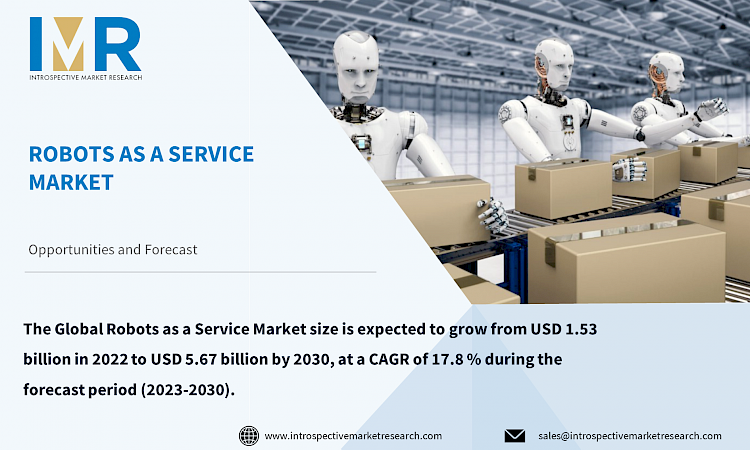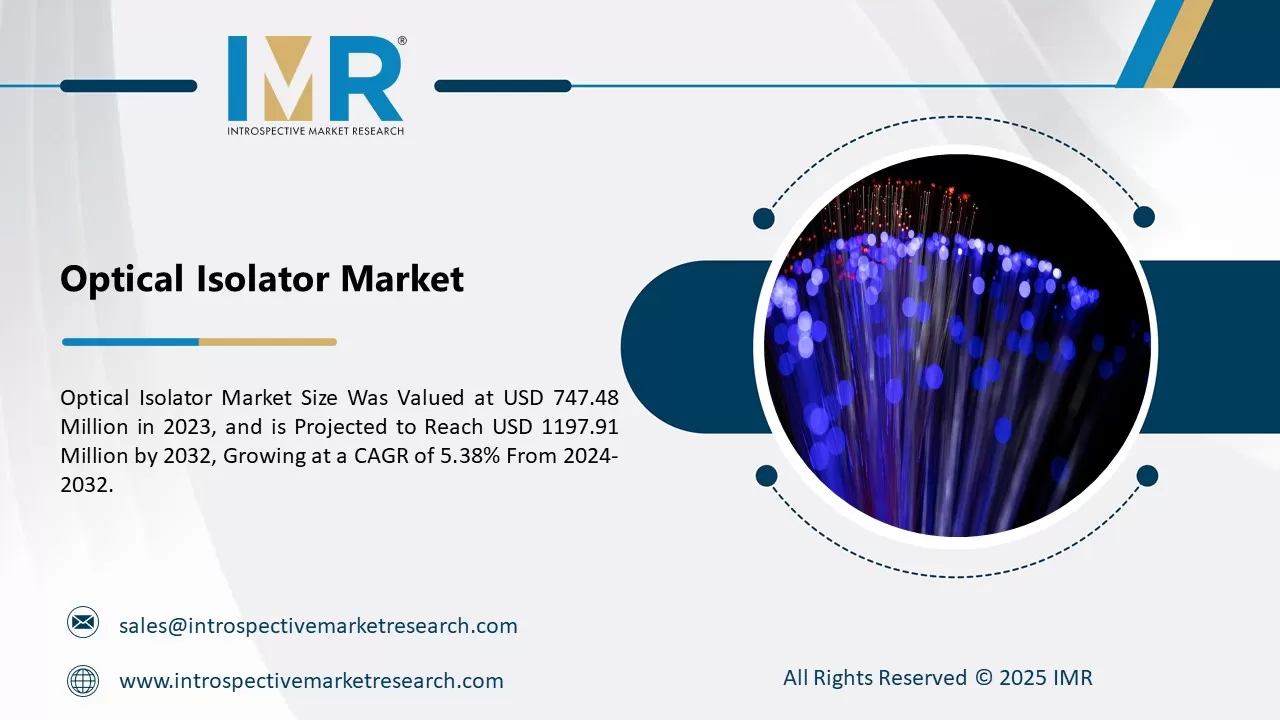Market Overview:
The Global Robots as a Service Market size is expected to grow from USD 1.53 billion in 2022 to USD 5.67 billion by 2030, at a CAGR of 17.8 % during the forecast period (2023-2030).
RaaS is a flexible solution for businesses that want to use robotics but don't have the expertise or funds to support such robotic solutions. A business can benefit from robotic process automation by renting robotic devices and using a cloud-based subscription service. They can avoid the costs of ownership and keep their bottom line by renting the equipment rather than outright purchasing it. RaaS's flexibility, scalability, and lower barrier to entry make it more appealing to businesses than traditional robotics programs. Businesses may need to wait years before seeing a return on their investment in robots due to their high cost. This has discouraged many businesses from making robot investments.
Top Key Players in the Robots as a Service Market:
AB Electrolux, Boston Dynamics, Yujin Robot Co. Ltd, Aethon Inc., Softbank Robotics Group, Cyberdyne Inc., ABB, Daifuku Co. Ltd., Kuka AG, GeckoSystems Intl. Corp., iRobot Corporation, Elbit Systems Ltd., Northrop Grumman Corporation, Robert Bosch GmbH, and Other Major Players.
Market Dynamics and Factors for Robots as a Service Market:
Drivers:
Increase In Demand As SMEs Are Opting For Robots To Increase Efficiency
The surge in demand for robotic solutions among Small and Medium-sized Enterprises (SMEs) seeking enhanced operational efficiency is a driving force behind the remarkable growth of the Robots as a Service (RaaS) Market. This trend underscores the transformative impact of robotics on businesses of varying scales and industries.
SMEs are embracing robotics to streamline their operations and optimize processes. Robots contribute to increased production speed, accuracy, and consistency, resulting in enhanced overall operational efficiency. Robots as a Service offer SMEs a cost-effective avenue to access advanced robotic technologies without the significant upfront investment typically associated with purchasing and maintaining robots outright.
Opportunities:
Increase In The Number Of Service Providers Coupled With Industry 4.0 Revolution
The convergence of two key factors?namely, the rapid increase in the number of service providers and the transformative impact of the Industry 4.0 revolution is creating significant growth opportunities within the Robots as a Service (RaaS) Market. This confluence is reshaping the landscape of robotic solutions and driving innovation across industries.
The RaaS Market is witnessing a proliferation of service providers offering a wide range of robotic solutions. This diversity caters to the unique needs of different industries and businesses, fostering competition and stimulating market growth.
Segmentation Analysis of the Robots as a Service Market:
By Type, the Professional Service Robots segment had the largest market share. Professional Service Robots are capable of performing a wide range of tasks across industries, such as healthcare, logistics, hospitality, agriculture, and more. The versatility of PSR creates ample opportunities for RaaS providers to develop specialized robotic solutions to cater to specific business needs.
By End Use Industry, IT & Telecom is likely to dominate in this area. RaaS solutions can be employed to optimize data center operations, including maintenance, monitoring, and equipment handling. Robots can assist in tasks such as server provisioning, cable management, and hardware maintenance, resulting in improved data center efficiency.
Regional Analysis of the Robots as a Service Market:
North America dominates the market for Robots as a Service Market. North America, particularly the United States, is a global hub for technological innovation. The region is home to numerous tech giants, research institutions, and startups that are at the forefront of developing and deploying advanced robotic solutions. This innovation-driven environment fosters the growth of the RaaS market. North American countries have heavily invested in robotic research and development, leading to the creation of cutting-edge robotic technologies that are integrated into RaaS offerings. Research centers, universities, and industry collaborations drive continuous advancements in robotic capabilities.
Key Industry Development:
In October 2022, ABB announced a strategic partnership with Scalable Robotics, a US-based startup, to expand its portfolio of user-friendly robotic welding systems. Scalable Robotics technology, which uses 3D vision and embedded process understanding, enables customers to easily program welding robots without the need for coding.





